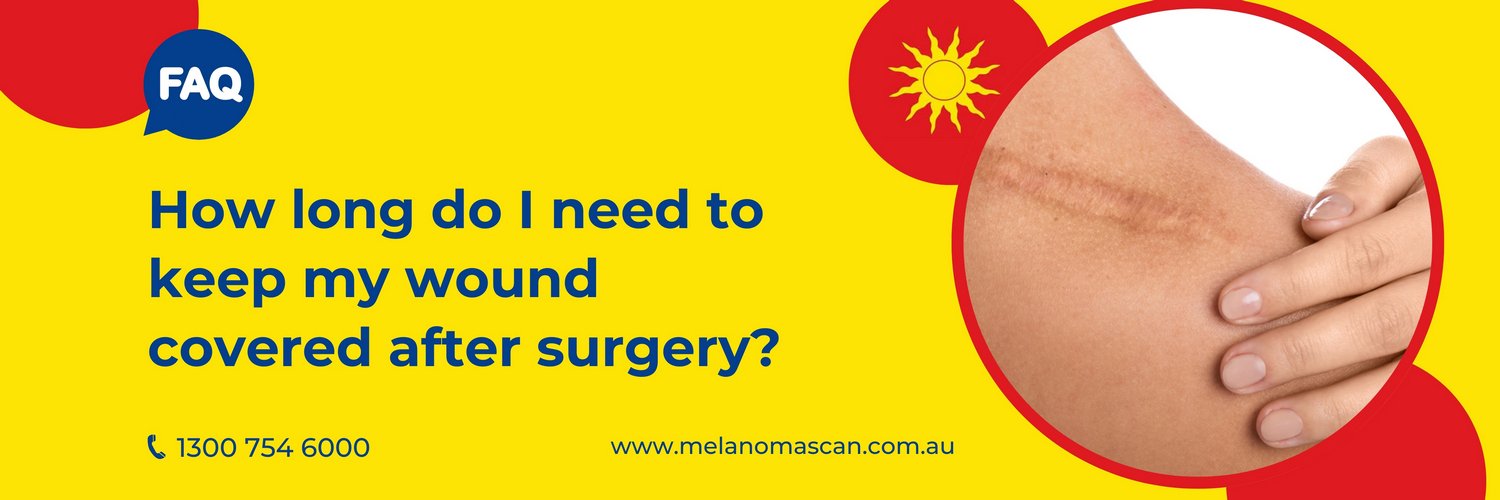There are a variety of wound care regimes used after surgery. Some areas are difficult to cover, and may be left without a dressing and the wound covered with antibiotic ointment. This may include scalps, eyelids and beard areas. Most wounds benefit from being covered because it can keep the area clean and help wick away any blood or fluid leaking from the wound. Our routine wound dressing involves application of antibiotic ointment, kaltostat (a dressing that reduces bleeding), then a protective dressing. This can be left intact until removal of suture time in 7 days if kept clean and dry. An ice pack or pressure dressing may be applied if necessary to reduce bleeding risk and protect the area.
Skin Cancer Aftercare Guide: Tips for Non-Melanoma Skin Cancer
Skin cancer is a serious condition that affects millions of people worldwide. Understanding the various aspects of skin cancer, including non-melanoma skin cancer, is crucial for effective treatment and aftercare. Non-melanoma skin cancer develops when abnormal skin cells grow uncontrollably. These cancer cells can form tumours and invade surrounding tissues if not treated promptly. The most common types of non-melanoma skin cancer are basal cell carcinoma and squamous cell carcinoma.
After undergoing skin cancer treatment, proper post-treatment care is essential for effective healing. Wound care post-excision or curettage involves keeping the wound clean and moist to promote healing. It is important to wash the wound gently with mild soap and water, pat it dry and apply antibiotic ointment or petroleum jelly to prevent infections. Covering the wound with a bandage helps protect it from external elements and speeds up the healing process.
During the healing process, it is crucial to monitor the signs of proper healing after skin cancer treatment. These signs include the formation of a scab, which indicates that the wound is healing. It typically takes several weeks for scars to heal post-skin cancer removal. To aid in the healing process, it is essential to follow the dermatologist's instructions carefully, avoid exposing the wound to sunlight and refrain from picking at the scab.
To prevent complications during the skin cancer aftercare period, it is important to take steps to avoid infections around the wound site. Following recommended wound care practices and keeping the wound clean and covered can help reduce the risk of infections. If any signs of infection, such as redness, swelling or pus, develop, it is crucial to seek medical attention promptly to prevent further complications.
Long-term skin cancer management involves regular follow-up appointments with a dermatologist to monitor any changes in the skin and detect potential issues early. Skin cancer survivors should also take proactive measures to protect their skin from future skin cancer development. This includes wearing sunscreen, avoiding excessive sun exposure and regularly examining the skin for any changes or abnormalities.
For basal cell and squamous cell skin cancers, specific aftercare strategies are recommended to promote healing and reduce the risk of recurrence. These may include using antibiotic ointments, keeping the wound moist and following proper wound care practices. It is essential to call your doctor if you experience any unusual symptoms or complications during the healing process to ensure that the cancer has been completely removed and to address any issues promptly.
Q: What is the purpose of a skin cancer aftercare guide?
A: The purpose of a skin cancer aftercare guide is to provide tips and instructions for wound care after procedures such as excision, cryotherapy or photodynamic therapy.
Q: What is the importance of wound care in skin cancer aftercare?
A: Proper wound care is crucial in skin cancer aftercare to prevent infections, promote healing and minimise scarring.
Q: How can stitches affect wound healing after skin cancer surgery?
A: Stitches are commonly used to close the incision after skin cancer surgery, and their proper care is essential for ensuring the wound heals correctly.
Q: What are some tips for caring for wounds following skin cancer removal?
A: Tips for wound care after skin cancer removal include keeping the area clean, changing dressings regularly, avoiding strenuous activities and following your healthcare provider's instructions.
Q: How long does it typically take for a wound to heal after skin cancer surgery?
A: The time it takes for a wound to heal after skin cancer surgery varies depending on the type and location of the surgery, but it usually takes a few weeks to a few months.
Q: Are there any signs of complications that should be reported to a healthcare provider after skin cancer surgery?
A: Signs of complications such as infection, slow healing, excessive bleeding or increasing pain should be reported to your healthcare provider immediately.
Q: Can cryotherapy be used as a treatment for skin cancer?
A: Cryotherapy, which involves freezing the cancerous cells, can be used as a treatment for certain types of skin cancer, especially for superficial skin cancers.
Q: What is photodynamic therapy and how is it used in the treatment of skin cancer?
A: Photodynamic therapy is a treatment that involves applying a photosensitising agent to the skin and then exposing it to a light source to activate the agent and destroy cancer cells. It is used in the treatment of certain types of skin cancer.
For further information, please feel free to Contact Us or follow the link to request an appointment by clicking Book Now.


 Prevention Tips
Prevention Tips Early Detection
Early Detection Understanding Skin Cancer
Understanding Skin Cancer Success Stories
Success Stories Lifestyle and Skin Health
Lifestyle and Skin Health Advances in Treatment
Advances in Treatment Community & Events
Community & Events For Families
For Families What's Happening at Melanoma Scan?
What's Happening at Melanoma Scan?